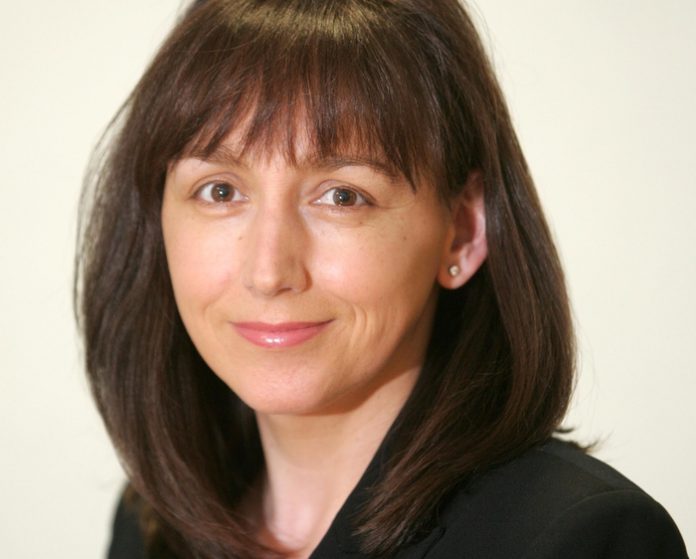Data released by leading property consultant CBRE reveals that Scottish commercial real estate had another strong positive quarter at the start of 2018, reflecting wider improvements reported for Scottish GDP. Across this period the Scottish all property total return was 1.7%, down from the 2.1% achieved in the final quarter of 2017, but ahead of the 1.5% return from the first quarter of 2017.
On an annual basis, most sectors in Scotland saw an improvement in returns. For all property, returns rose by around 25 basis points over the quarter to stand at 7.0% for the twelve months to the end of March. This was in contrast to the general trend for the UK, which saw annual returns dip lower over the same period.
The performance across the three main sectors of office, retail and industrial property was average with very little change. It was the alternatives sector – a mixture of smaller, specialist real estate types ranging from student accommodation and care homes to pubs, hotels, leisure and roadside services – that outperformed everything else in the first quarter with returns of 4.0%, and 13.2% over the twelve months to the end of March.
Total returns for Scottish retail in the first quarter were 1.2%, a slight decrease on the 1.5% total return in Q4 of 2017. The annual total return for retail over the year to the end of March was 5.4%. During 2017, capital values for retail in Scotland were, on average, flat. Performance has edged lower this year due to weakening rental growth over the first three months of 2018. These overall figures for retail though are somewhat misleading given the diversity of local and sub-sector performance. This is evident in the data for capital growth in Scotland, with retail warehouses values virtually flat (-0.1% over Q1), compared to more robust growth for high street retail (0.9% growth over the quarter). Scotland saw the fastest capital growth for high street retail of anywhere in the UK, outside of London’s West End.
Office market performance in the first three months of this year reflected the shifts seen for all property. Returns dropped back to 1.6% in this period, the same rate of return that was achieved in Q3 2017, and down from the 2.2% return in the final quarter of last year. Capital values continued to grow, albeit at a slower pace. During the quarter values were up by 0.2% on average, driven by yield contraction across the market. Rental growth remained in negative territory, but this is not typical of market conditions in the larger office markets of Glasgow and Edinburgh. Nevertheless, of the three traditional sectors, it was offices that was overall outperformed by industrial and retail property.
Industrial capital and rental values were virtually unchanged during the first quarter of 2018. As such, the sector had to rely solely on the income return of 1.5% in order to achieve a total return of 1.4%. Over the past twelve months, the sector remains the strongest performer of the three main sectors, with an annual total return of 8.1% during the year to the end of March.
The broad pattern of performance between Scotland’s three largest cities was maintained in the first quarter of 2018. For the markets in Edinburgh and Glasgow, performance has largely remained unchanged on an annual basis when compared to the position at the end of 2017. Glasgow retail and offices have produced returns just over 7%, whilst Edinburgh retail and offices remained static at 7.6% and 9.6% respectively. Meanwhile industrial returns in these two cities improved slightly, with returns of 12.7% for Edinburgh and 14.5% for Glasgow.
Whilst Aberdeen continues to underperform relative to other Scottish cities, returns have been improving over recent quarters, with the office sector leading the way. The annual return for Aberdeen offices to the end of March 2018 was 3.1%, up from 2.0% at the end of December 2017. This has put the offices market ahead of industrials (2.7%) and retail (0.0%).
A total of £654.5m of stock was transacted in Scotland during the first quarter of 2018, up from £484m achieved in the same quarter in 2017, but much less than the £1.11bn spent in the final quarter of 2017. Well over half of all money spent during the first quarter went to the office sector. The sale of Aberdeen International Business Park to LCN Capital Partners for £112.5m was a major contributor to this total. Meanwhile in Glasgow, the Skypark office campus was purchased for £78m by Hermes and 3 Atlantic Quay, let to the Scottish Courts, was acquired by the LPI Income Property Fund for £50m. Alternatives accounted for £170m of spend in quarter 1, well ahead of spending in both the retail and industrial sectors. Again, a large deal has helped boost this total: the Waldorf Astoria hotel in Edinburgh was purchased for £85m by Twenty14 Holdings.
Aileen Knox, senior director at CBRE Scotland, commented: “The returns for alternative property have been very impressive so far this year with the sector now forming an increasing share of the real estate market. Around the start of the century, alternatives accounted for just 6% of the properties in the sample but now in 2018, it forms 19%. Our data also reflects the growing importance of alternatives as an asset class for investment purchases; as our analysis demonstrates, more money was invested into Scottish alternatives in 2017 and in Q1 2018 than went into the retail and industrial sectors.”


















